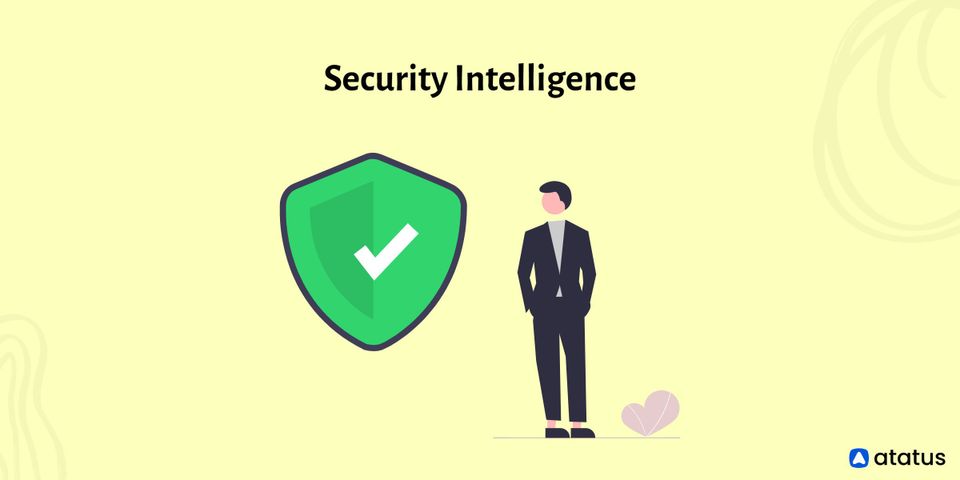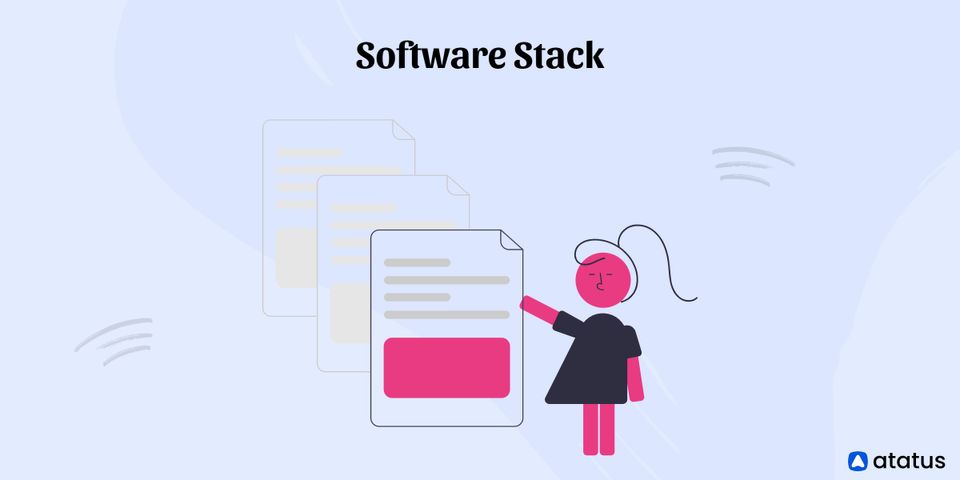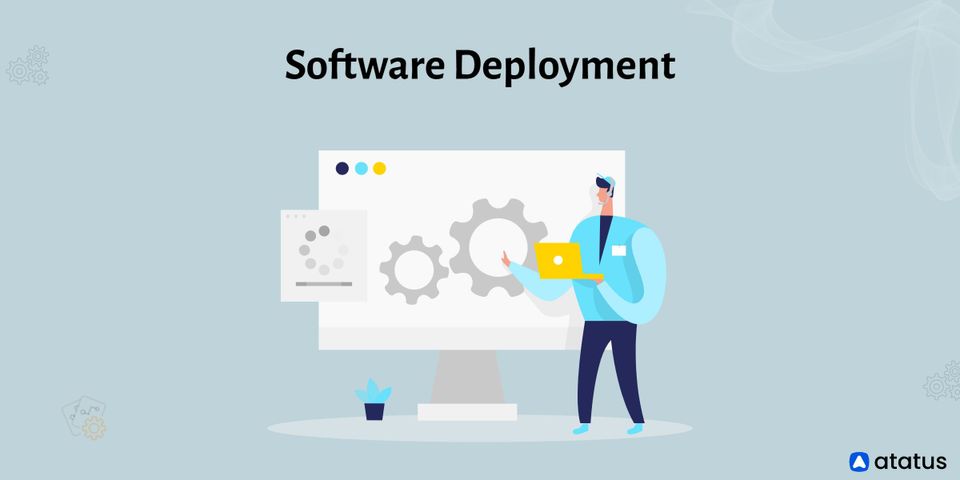Intelligence and security are often out of sync in today's enterprises. When risks are discovered, response times are often too slow because teams are focused on different objectives and data analysis is done in silos and lacks relevance. This reactive approach to security loses time and resources while also putting the company at risk.
Security intelligence is a risk-reduction strategy that combines external and internal threat, security, and business intelligence across a whole organization.
We will cover the following:
- What is Security Intelligence?
- Key Principles of Security Intelligence
- Elements of Security Intelligence
- Benefits of Security Intelligence
- Why is Security Intelligence Important?
What is Security Intelligence?
The activity of collecting, standardizing, and analyzing data generated in real-time by networks, applications, and other IT infrastructure and the use of that information to assess and improve an organization's security posture is referred to as Security Intelligence.
The discipline of Security Intelligence includes the deployment of software assets and employees to uncover actionable and usable insights that help the company mitigate threats and reduce risk.
Gathering security intelligence is not a single activity that businesses engage in; rather, it is a collection of interconnected actions, technologies, and instruments that work together to achieve the desired outcome.
IT organizations that collect sensitive data through web applications face stringent regulatory compliance obligations, and security intelligence can help them meet those needs. The security intelligence gathering process feeds into other SecOps operations that assist defend the IT infrastructure against cyber threats.

Security analysts today employ industry-leading technologies like machine learning and big data analysis to help automate the detection and analysis of security events, as well as extract security intelligence from network event logs.
Key Principles of Security Intelligence
Security intelligence is defined by a few key principles.
- Actionable Insight
It's not enough to just collect, evaluate, and log data. Security intelligence is a proactive security solution that must identify threats, eliminate false positives, and convey prospective dangers to security analysts in a meaningful and comprehensive way. - Adjustable Size and Cost
Cybersecurity threats are no longer exclusive to huge corporations or organizations; even small businesses require security solutions. Security intelligence does not require a significant budget or substantial deployment. Other security systems, on the other hand, require extensive customization, expert personnel staffing, and large budgets. - Collection, Normalization, And Analysis
The most relevant and comprehensive technique for discovering security events is to collect as much relevant data as possible from relevant devices on the network, create connections between those devices, and then analyze their behavior to identify abnormal actions. Security intelligence can thoroughly comprehend a situation, identify the important components and surrounding data, and effectively alert security analysts to potential threats. - Data Security and Risk
It is critical to protect data and intellectual property to protect an organization's reputation. The basic purpose of security intelligence is to protect an organization's data by accumulating and analyzing as much data as possible. - Pre-Exploit Analysis
Pre-exploit vulnerability management is combined with real-time analysis in modern security intelligence. Organizations can reduce and more readily detect attacks by recognizing risks before they become breaches. - Real-Time Analysis
When it comes to recognizing risks, it's vital to understand what's going on right now across the network. When dealing with zero-day exploits and urgent threats, simply being able to inspect log records is insufficient. Security Intelligence is capable of assessing current dangers. - Scalable
Previous security solutions and platforms struggled to handle the massive amounts of data that larger companies must analyze. These huge amounts of data require security intelligence technologies that can grow and handle them. They use purpose-built databases to quickly collect and analyze large amounts of data in real-time.
Elements of Security Intelligence
With a better grasp of the key elements of the discipline, the concept of security intelligence can be further clarified.
- Log Management
The set of procedures and rules that govern and facilitate the generation, transmission, analysis, storage, and eventual disposal of massive amounts of log data generated by a computer system. - Network Behavior Anomaly Detection (NBAD)
Continuous network monitoring for odd events or trends. If a suspicious incident or pattern is noticed that could suggest the presence of a threat, the NBAD application tracks crucial network properties in real-time and generates an alarm. - Network Forensics
The process of capturing, recording, and analyzing network events to identify the source of security attacks or other problematic incidents. "Catch-it-as-you-can" systems capture all packets passing through a specific traffic point, record the data, and perform batch analysis later. "Stop, look, and listen" systems execute a rudimentary analysis in memory and save just a subset of data for further analysis. - Risk Management
Threats to an organization's capital and profits are identified, assessed, and controlled through this method. Financial uncertainties, legal obligations, strategic management failures, accidents, natural disasters, and information technology (IT) security concerns are all examples of such hazards. - Security Information and Event Management (SIEM)
A security management method that aims to provide a comprehensive picture of an organization's information technology (IT) security. Multiple collection agents are used by most SIEM systems to collect security-related events from end-user devices, servers, network equipment, and specialist security equipment such as firewalls, antivirus, and intrusion prevention systems.
Benefits of Security Intelligence
To supplement their security intelligence collection efforts, IT organizations use security information and event management (SIEM) tools. Here are three ways that IT businesses can profit from faster and more efficient security intelligence gathering.
- Enhance Threat Detection and Remediation
SIEM tools' primary job is to detect security threats. Machine learning and big data are used by today's top tools to correlate events buried in millions of log files from across the network. When IoCs are recognized, this translates to faster threat detection and faster response times. - Improve Regulatory and Standards Compliance
Regulatory compliance is a major motivator of IT security initiatives for organizations that must comply with HIPAA, PCI DDS, or the ISO 27001 standard. IT organizations can use tools that gather, standardize, and analyze log data to certify compliance with a specific security standard. - Simplified Security Operations
IT organizations can now employ cutting-edge SIEM systems to automate a variety of security intelligence collection tasks, simplifying operations and lowering the cost of generating relevant and useful security intelligence.
Why is Security Intelligence Important?

The main reason is obvious: security threats are becoming increasingly sophisticated. To get access to a company's data center, hackers are using next-generation hacking techniques and harmful software applications.
As a result, organizations should only utilize next-generation data threat detection technology to benefit from better data risk management and reduce the danger of major financial problems.
For example, attackers are deploying malware, spear-phishing emails, and exploiting security flaws in the mobile platform.
Second, first-generation threat intelligence solutions, such as SIEM, fail to address many of the dangers that enterprises face. SIEM has become a popular tool among businesses to deal with sophisticated data security dangers that traditional security measures can't address.
However, first-generation SIEM techniques frequently lack the visibility and scalability required to deliver a thorough threat detection evaluation, especially when it comes to attacks such as AKA and other persistent threats. As a result, such SIEM systems take a long time to run company-wide network scans and monitor a large number of incoming threats.
Finally, Security Intelligence solutions are critical for dealing with many of the complex data security risks that businesses face today. Businesses must make sure their network data security systems are in sync with their overall environment. They will gain a significant advantage over their network security efforts and keep incoming threats at bay if they take this method.
Conclusion
Anti-virus and firewall systems used to be the primary instruments for preventing and resolving data risks, but the cyber security industry has gone a long way since then.
However, as information technology has progressed and the risks of adopting sophisticated data-driven platforms, such as IoT and SaaS, have become more apparent in the corporate sector, advanced data protection mechanisms are becoming increasingly important.
Security intelligence is the cyber fuel that will keep your security moving forward. It can help you gain more visibility, improve your production, and automate your responses.
Monitor Your Entire Application with Atatus
Atatus is a Full Stack Observability Platform that lets you review problems as if they happened in your application. Instead of guessing why errors happen or asking users for screenshots and log dumps, Atatus lets you replay the session to quickly understand what went wrong.
We offer Application Performance Monitoring, Real User Monitoring, Server Monitoring, Logs Monitoring, Synthetic Monitoring, Uptime Monitoring, and API Analytics. It works perfectly with any application, regardless of framework, and has plugins.

Atatus can be beneficial to your business, which provides a comprehensive view of your application, including how it works, where performance bottlenecks exist, which users are most impacted, and which errors break your code for your frontend, backend, and infrastructure.
If you are not yet an Atatus customer, you can sign up for a 14-day free trial.





